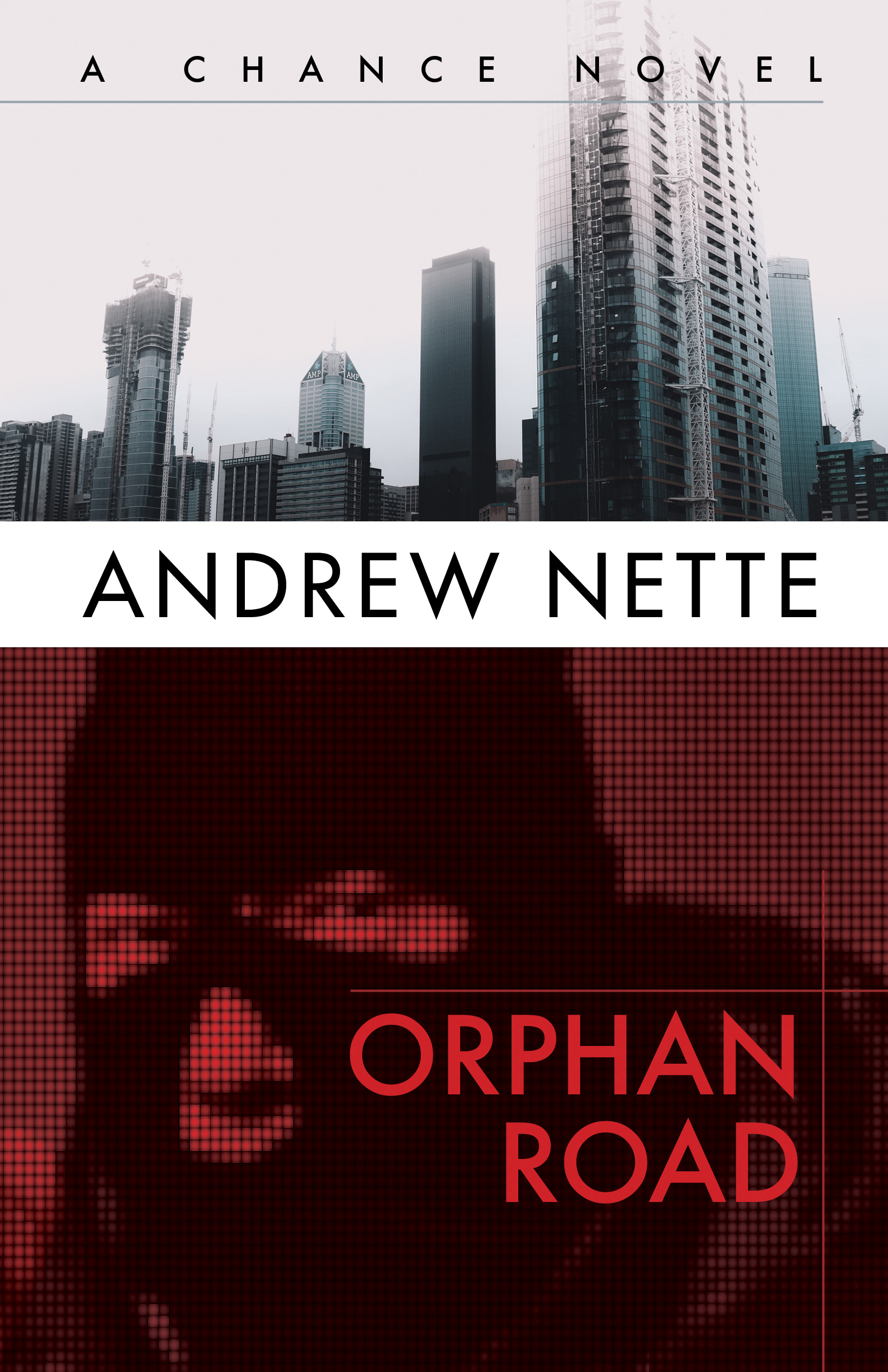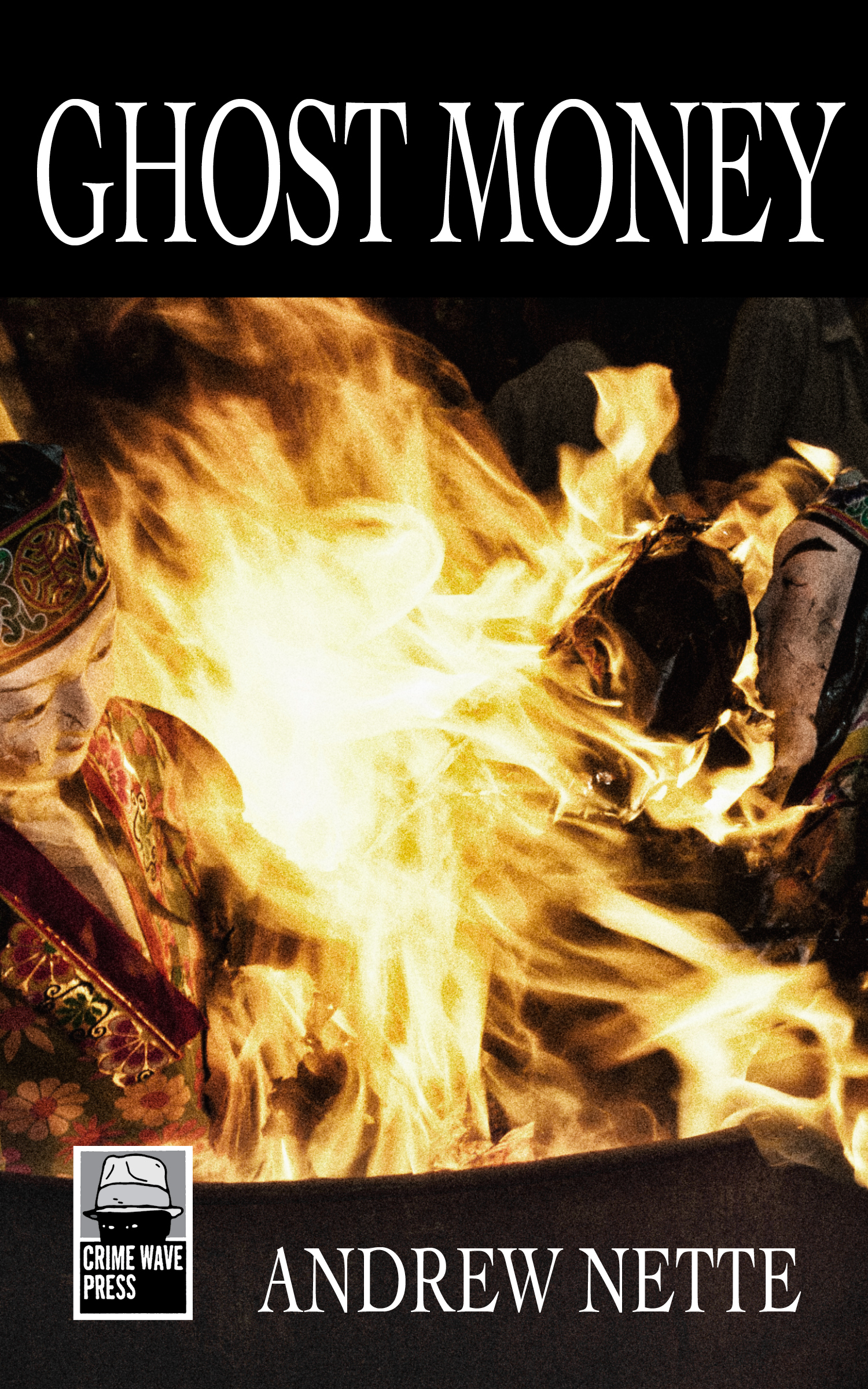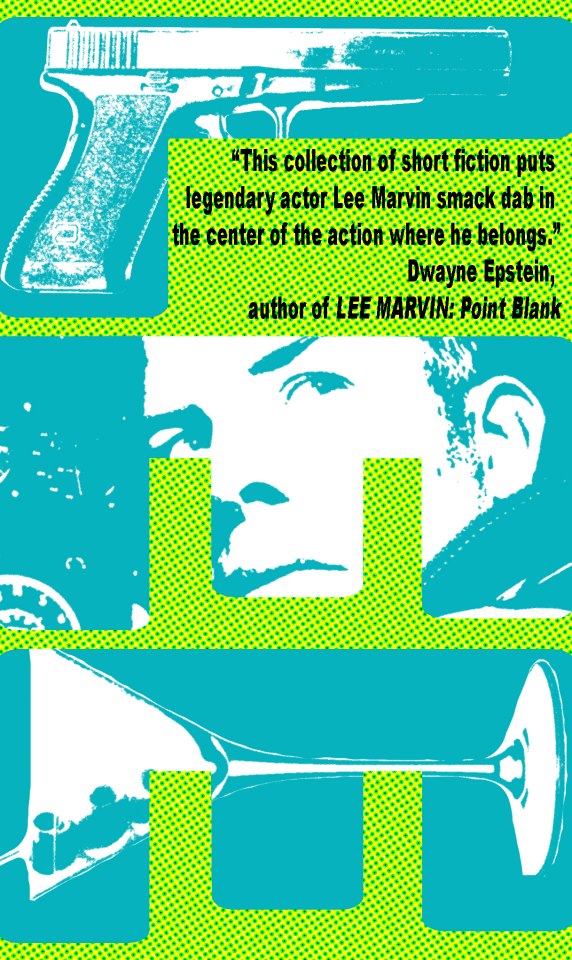Search
-
Recent Posts
- Dishing up Pulp Curry in a new way: why I am starting a Substack newsletter
- Book reviews: Deadly dames, midcentury Brit pulp and 1970s science fiction
- Mackenna’s Gold (1969): Gold, Ghosts and Frontier Violence
- Orphan Road book launch
- Orphan Road now available
- Pre-orders open for my new novel, Orphan Road
- Cover reveal: Orphan Road, my follow up to Gunshine State
- Breakfast in the Ruins podcast: New English Library Bikermania
- Why 1973 was the year Sidney Lumet took on police corruption
- Men’s Adventure Quarterly: Gang Girls issue
Categories
- 1960s American crime films
- 1970s American crime films
- 1980s American crime films
- 1990s American crime films
- Adrian McKinty
- Albert Dekker
- Andre De Toth
- Angela Savage
- Angie Dickinson
- Anthony Zerbe
- Asian noir
- Australian crime fiction
- Australian crime film
- Australian noir
- Australian popular culture
- Australian pulp fiction
- Australian television history
- Ava Gardner
- Beat culture
- Belmont Tower Books
- Ben Wheatley
- Billie Whitelaw
- Black pulp fiction
- Blaxsploitation
- Book cover design
- Book Reviews
- British crime cinema
- British pulp fiction
- Bryan Brown
- Burt Lancaster
- Carter Brown
- Charles Durning
- Charles Willeford
- Chester Himes
- Christopher G Moore
- Christopher Lee
- Cinema culture
- Claude Atkins
- Coronet Books
- Crawford Productions
- Crime Factory
- Crime Factory Publications
- Crime fiction
- Crime fiction and film from Africa
- Crime fiction and film from Cambodia
- Crime fiction and film from China
- Crime fiction and film from India
- Crime fiction and film from Indonesia
- Crime fiction and film from Japan
- Crime fiction and film from Laos
- Crime fiction and film from Latin and Central America
- Crime fiction and film from Malaysia
- Crime fiction and film from New Zealand
- Crime fiction and film from Scandinavia
- Crime fiction and film from Singapore
- Crime fiction and film from South Korea
- Crime fiction and film from Thailand
- Crime fiction and film from the Philippines
- Crime Fiction and film set in Vietnam
- Crime film
- Dangerous Visions and New Worlds Radical Science Fiction 1950 to 1985
- David Goodis
- David Peace
- David Whish-Wilson
- Derek Raymond
- Diana Dors
- Dirk Bogarde
- Don Siegel
- Don Winslow
- Donald Westlake aka Richard Stark
- Dystopian cinema
- Ernest Borgnine
- Eurocrime
- Fawcett Gold Medal Books
- Femme fatale
- Fernando Di Leo
- Filipino genre films
- Film Noir
- Forgotten Melbourne
- French cinema
- French crime fiction
- Garry Disher
- Gene Hackman
- George V Higgins
- Georges Simenon
- Ghost Money
- Giallo cinema
- Gil Brewer
- Girl Gangs, Biker Boys and Real Cool Cats: Pulp Fiction & Youth Culture, 1950-1980
- Gloria Grahame
- Gold Star Publications
- Gregory Peck
- Gunshine State
- Heist films
- Horror
- Horwitz Publications
- Humphrey Bogart
- Ian Fleming
- Interviews
- Ira Levin
- James Caan
- James Crumley
- James Ellroy
- James Hadley Chase
- James Woods
- Jim Brown
- Jim Thompson
- Joel Edgerton
- John Frankenheimer
- Joseph Losey
- Karen Black
- Kerry Greenwood
- Kinji Fukasaku
- Larry Kent
- Laura Elizabeth Woolett
- Lee Marvin
- Leigh Redhead
- Lindy Cameron
- M Emmet Walsh
- Mad Max
- Mafia
- Malla Nunn
- Martin Limon
- Megan Abbott
- Melbourne International Film Festival
- Melbourne Writers Festival
- Men's Adventure Magazines
- Michael Caine
- Michael Fassbender
- Mickey Spillane
- Monarch Books
- Ned Kelly Awards
- Neo Noir
- New English Library
- Newton Thornburg
- Noir Con
- Noir fiction
- Non-crime reviews
- Oren Moverman
- Orphan Road
- Ozsploitation
- Pan Books
- Parker
- Paul Newman
- Peter Boyle
- Peter Corris
- Peter Strickland
- Peter Yates
- Poliziotteschi
- Pulp fiction
- Pulp fiction in the 70s and 80s
- Pulp fiction set in Asia
- Pulp Friday
- Pulp paperback cover art
- Qui Xiaolong
- Raymond Chandler
- Richard Burton
- Richard Conte
- Robert Aldrich
- Robert Mitchum
- Robert Ryan
- Robert Stone
- Rock Hudson
- Roger Smith
- Rollerball
- Rosaleen Norton
- Roy Scheider
- Rural noir
- Sam Levene
- Sam Peckinpah
- Samuel Fuller
- Science fiction and fantasy
- Scripts Publications
- Sidney Lumet
- Sidney Poitier
- Simon Harvester
- Snowtown
- Snubnose Press
- Spies
- Stanley Baker
- Sterling Hayden
- Steve McQueen
- Sticking it the the Man Revolution and Counter Culture in Pulp and Popular Fiction 1950 1980
- Stuart Rosenberg
- Tandem Books
- Tart noir
- Tartan Noir
- Ted Lewis
- Toni Johnson Woods
- True crime
- Vicki Hendricks
- Victor Mature
- Vintage mug shots
- Vintage pulp paperback covers
- Wallace Stroby
- War film
- Westerns
- William Friedkin
- Woody Strode
- Yakuza films
- Yaphet Kotto
Nothing but noir
Recommended reading
The lurid world of pulp
- 20th century Danny Boy
- American Pulps
- Bear Alley
- Bloody, Spicy, Books
- Comics Down Under
- Everything second hand
- Existential Ennui
- Greenleaf Classic Books
- Irv O. Neil's Erotica is My Trade
- Killer Covers
- Lost Classics of Teen Lit 1939-1989
- Luminist Archives
- Men's Pulp Mags
- Mporcius Fiction Log
- Murder, Mayhem and Long Dogs
- Neglected Books
- Nocturnal Revelries
- Paperback Warrior
- Paperbacks of the Gods
- Pop Sensation
- Pulp artists
- Pulp Covers
- Pulp Crazy
- Pulp Flakes
- Pulp International
- Pulp Magazines Project
- Pulp Serenade
- Realms of the Night
- Romance Fiction Has a History
- Rough Edges
- Sin Street Sleaze
- Spy Guys and Gals
- The department of Afro American Research Arts & Culture
- The Dusty Bookcase
- The Haunted World of Richard Sala
- The Moon Lens
- The Nick Carter & Carter Brown Blog
- The Pulp & Paperback Fiction Reader
- Too Much Horror Fiction
- True Pulp Fiction
- Vault of Horror
- Vintage Nurse Romance Novels
- Vintage Romance Novels
- Welcome to the Pan Paperback
- Yellow and Creased
Support This Site
If you like what I do please support me on Ko-fi
Category Archives: Book cover design
Melbourne launch details for Sticking it to the Man: Revolution and Counterculture in Pulp and Popular Fiction, 1950-1980
 Melbourne folk, please join myself and my coeditor, Iain McIntyre, on Tuesday, December 3 for the Melbourne launch of Sticking it to the Man: Revolution and Counterculture in Pulp and Popular Fiction, 1950-1980. Entry is free and the event will kick off at 6.30pm at the Old Bar, 74-76 Johnson Street, Fitzroy.
Melbourne folk, please join myself and my coeditor, Iain McIntyre, on Tuesday, December 3 for the Melbourne launch of Sticking it to the Man: Revolution and Counterculture in Pulp and Popular Fiction, 1950-1980. Entry is free and the event will kick off at 6.30pm at the Old Bar, 74-76 Johnson Street, Fitzroy.
The book will be launched by Melbourne literary historian and pulp fiction fan, Stuart Kells. There will be readings from some of the novels featured in Sticking it to the Man, music from DJ Bruce Milne, and copies of the book will be available at a reduced price. We’ll also throw in a free pulp novel with every purchase. Kids are welcome.
I hope to see some of you there.
This is the second pulp and popular fiction related history book that Iain and me have done and it is a glorious, full colour volume. From Civil Rights and Black Power to the New Left and Gay Liberation, the 1960s and 1970s saw a host of movements shake the status quo. With social strictures and political structures challenged at every level, pulp and popular fiction could hardly remain unaffected. Feminist, gay, and black authors broke into areas of crime, porn, and other paperback genres previously dominated by conservative, straight, white males.
Posted in Australian popular culture, Australian pulp fiction, Book cover design, Fawcett Gold Medal Books, Horwitz Publications, New English Library, Pulp fiction in the 70s and 80s, Pulp paperback cover art, Scripts Publications, Sticking it the the Man Revolution and Counter Culture in Pulp and Popular Fiction 1950 1980
Tagged 1950-1980, Andrew Nette, Counterculture books, Iain McIntyre, Pulp fiction, pulp paperbacks, Revolution, Sticking it to the Man: Revolution and Counterculture in Pulp and Popular Fiction, Stuart Kells
Sticking it to the Man: Revolution and Counterculture in Pulp and Popular Fiction, 1950-1980, now available for pre-order
 Sticking it to the Man: Revolution and Counter Culture in Pulp and Popular Fiction, 1950-1980, is now available for pre-order here on Amazon.
Sticking it to the Man: Revolution and Counter Culture in Pulp and Popular Fiction, 1950-1980, is now available for pre-order here on Amazon.
The book is due out in the second half of 2019 from PM Press, who published Beat Girls, Biker Boys and Real Cool Cats: Pulp Fiction and Youth Culture, 1950-1980.
From Civil Rights and Black Power to the New Left and Gay Liberation, the 1960s and 1970s saw a host of movements shake the status quo. With social strictures and political structures challenged at every level, pulp and popular fiction could hardly remain unaffected. While an influx of New Wave nonconformists transformed science fiction, feminist, gay, and black authors broke into areas of crime, porn, and other paperback genres previously dominated by conservative, straight, white males. For their part, pulp hacks struck back with bizarre takes on the revolutionary times, creating vigilante-driven fiction that echoed the Nixonian backlash and the coming conservatism of Thatcherism and Reaganism.
Sticking It to the Man tracks the changing politics and culture of the period and how it was reflected in pulp and popular fiction in the US, UK, and Australia from the late 1950s onward. Featuring more than three hundred full-color covers, the book includes in-depth author interviews, illustrated biographies, articles, and reviews from more than 30 popular culture critics and scholars.… Read more
Pulp Friday: Interview with book cover designer, W. H. Chong
 W H Chong is book cover designer based in Melbourne. From his first cover design job, a souvenir booklet to mark 1990 Collingwood AFL Grand Final victory, he has gone on to become Design Director for Text Publishing and has won multiple awards for his covers for young adult fiction, crime, classics and literature. Below is an interview I did with him on what is involved in a good cover design and his favourite cover designs from the science fiction reading of his youth. It originally appeared in the now defunct online magazine Spook, in August 2015.
W H Chong is book cover designer based in Melbourne. From his first cover design job, a souvenir booklet to mark 1990 Collingwood AFL Grand Final victory, he has gone on to become Design Director for Text Publishing and has won multiple awards for his covers for young adult fiction, crime, classics and literature. Below is an interview I did with him on what is involved in a good cover design and his favourite cover designs from the science fiction reading of his youth. It originally appeared in the now defunct online magazine Spook, in August 2015.
How did you get into book design?
The correct answer is by accident. I started designing newspapers in the eighties and then I started doing magazines in the early nineties. When Text Media [now Text Publishing] started as an imprint of books run by Diana Gribble in the nineties, I was there, so I did the design. Because in the old days, people just did stuff. It was all very much a case of people putting something together that they were learning how to do as they went along. Design just needed to be done. Some of it included books. That was no big deal. There was no specialty. You weren’t learning to be a neurosurgeon; you were just doing things with scalpels, so to speak.… Read more
Posted in Book cover design, Pan Books, Pulp Friday, Pulp paperback cover art, Science fiction and fantasy
Tagged Arthur C Clarke, book cover design, Burning Chrome, Isaac Asimov, Nightfall One, Philip K Dick, science fiction, Text Publishing, The Dispossessed, The Left Hand of Darkness, The Man In the High Castle, Ursula Le Guin, W H Chong
Pulp Friday: The Riot
 I am rather partial to a good paperback movie tie-in. And I love Pan paperbacks. So this book from 1969, which I had never previously seen before stumbling across it in a second hand bookshop this week, presses all the right buttons.
I am rather partial to a good paperback movie tie-in. And I love Pan paperbacks. So this book from 1969, which I had never previously seen before stumbling across it in a second hand bookshop this week, presses all the right buttons.
The Riot, the only novel credit I have been able to find for Frank Elli, was first published in 1966. It is the story of a cynical con who finds himself thrown into the centre of a brutal hostage situation when the prison he is incarcerated in, erupts in a riot. Apparently the novel was based on an actual riot in an Arizona prison in which Elli, a former inmate of the prison, had been involved in. Kirkus Review called it ‘powerful storytelling. It’s a brutal, black vision in which the cynical despair is offset by a cool, shrug shouldered presentation.’ That doesn’t sound too bad.
It was filmed as Riot in 1969 by Buzz Kulik, a director who appears to have spent most of his career doing television, starring Jim Brown in the main role, and Gene hackman. As was often the case with prison films in the 1960s and 1970s, the production utilised real life prison inmate and staff at the Yuma Territorial Prison that it was filmed in.… Read more
Pulp Friday: The Man With the Brown Paper Face
 Welcome to my first Pulp Friday offering for 2018. Today’s book, The Man With the Brown Paper Face, published by Panther in 1969, showcases one of my favourite forms of paperback cover design, photographic cover art from the late 1960s/early 1970s.
Welcome to my first Pulp Friday offering for 2018. Today’s book, The Man With the Brown Paper Face, published by Panther in 1969, showcases one of my favourite forms of paperback cover design, photographic cover art from the late 1960s/early 1970s.
I know the purists among you dig the painted pulp covers from the 1940s and 1950s, and I love them, too. But there is something wonderfully sensational and lurid about photographic cover design from the period I mentioned earlier and, in my opinion, the Brits were the masters of it.
Photographs began to replace artwork on paperback books from the mid-1960s on. Partly this was part of an effort by publishers to be seen to be moving with the times and look more modern. Partly it was a cost cutting measure, as photographic covers were cheaper than painted ones. But despite their cheapness, arguably because of it, many of these covers manage to evoke a dynamic, visceral, fly on the wall atmosphere that could often be quite stunning.
The Man With the Brown Paper Face is a good example. The cover utilises a man with a stocking over his head, posing on top of a scrapyard car, brandishing a star picket, which the photographer probably found nearby. Its nasty and direct and – I don’t know about you – but it instantly made me want to pick up the book.… Read more


















